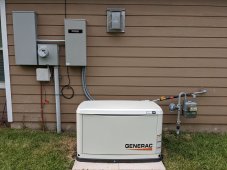Rednecktek
Solar Wizard
For that you'll have to do some math on the chargers. Add up all the watts each charger calls for and round up if you want to be able to charge everything at once. Once you know how much wattage you'll need then we can help find the right size options for you.Besides batteries is there anything else that is needed? I see an inverter is needed can you recommend?





